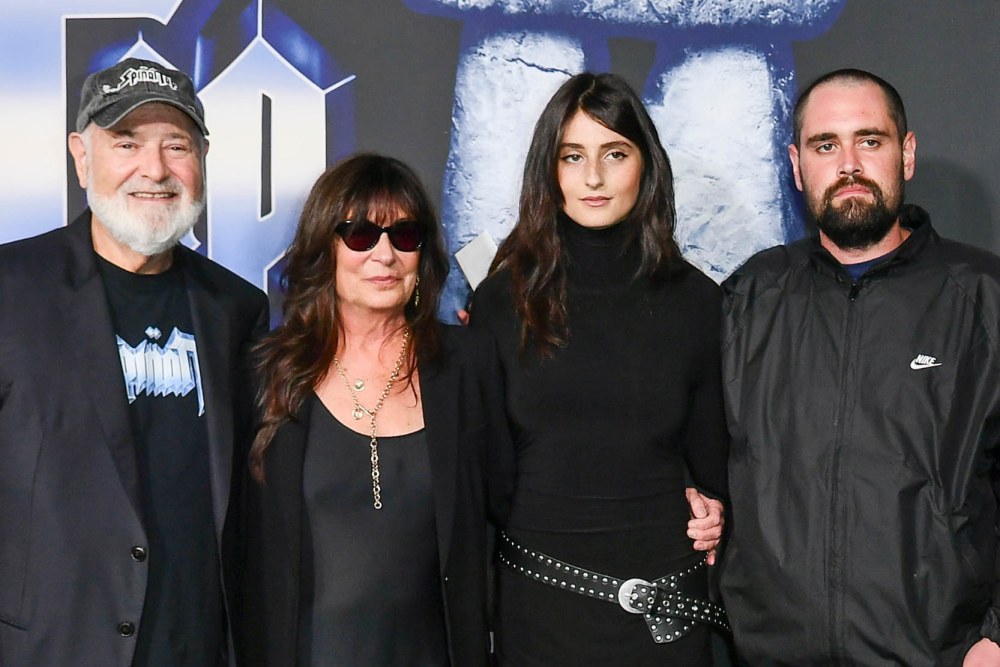
This article is more than
6 year oldMom eaten alive by deadly parasite after cutting leg during beach walk

WARNING: Graphic content
A mum has died after contracting a flesh-eating bug when she cut her leg on a Florida beach.
Lynn Fleming was walking along the seafront with her family a fortnight ago when she slipped in a small underwater depression.
At first she dismissed the 2cm graze below her knee as a “small cut” and “didn’t think much about it”.

Speaking to Fox News, her son Wade said he and his wife Traci managed to reduce the swelling but were concerned when the cut continued to bleed.
‘I CAN’T BELIEVE WHAT’S HAPPENED’
A few days later Lynn went to the doctor, who gave her a tetanus shot and prescribed an antibiotic.
But the next day she was discovered unconscious in her home, with doctors saying she’d contracted flesh-eating bacteria.
Lynn died yesterday after suffering two strokes and sepsis, as surgeons battled to save her infected leg.
Her devastated son and his wife are now warning others to be wary of the dangers of necrotizing fasciitis and to seek medical attention immediately.

Source:Facebook

Source:Facebook
“It seems like a ‘Lifetime’ movie really,” Wade said.
“I can’t even believe it, that it’s really even happening. It’s just all happening so fast.”
He added early treatment could be lifesaving.
“You get the open wound while playing at the beach, watch it, take care of it,” he said.
Traci said her mother-in-law died after walking on Coquina Beach, “the place she loved”.
“She couldn’t wait to get down here and retire,” she said.
“She loved the ocean; she loved walking on the beach.
“Unfortunately, it’s place that took her life by freak accident.”

The rare but serious condition affects the tissue beneath the skin and surrounding muscles and organs.
Early symptoms include a reddening and swelling around the wound, flu-like symptoms and a disproportionate level of pain for the injury.
Anyone who contracts it requires emergency medical attention and should go to their nearest emergency department as soon as possible.

WHAT IS NECROTIZING FASCIITIS?
Necrotizing fasciitis, sometimes called flesh-eating bacteria, is a rare but serious bacterial infection that affects the tissue beneath the skin and surrounding muscles and organs.
Despite its nickname, the bacteria does not actually “eat” the flesh but releases toxins that damage nearby tissue.
The disease can start from a minor injury, such as a small cut, but can get worse very quickly and can be life-threatening.
Symptoms develop quickly over hours or days, with early signs including an intense pain out of proportion to the damage to the skin, a fever and other flu-like symptoms.
After a few hours, symptoms might include swelling and redness, diarrhoea and vomiting, and dark blotches on the skin that turn into fluid-filled blisters.
Treatment can include surgery, including amputation, and antibiotics.
The condition is a medical emergency that requires immediate treatment.
This article originally appeared on The Sun and was reproduced with permission




